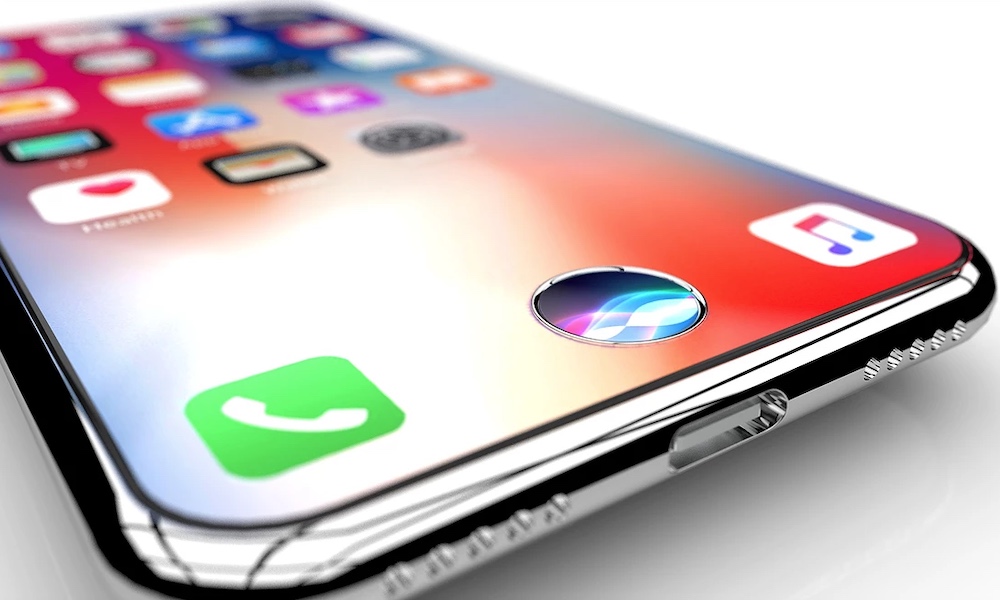Touch ID Isn’t Dead Yet – Here’s Why Apple Won’t Give up on Its Aging Tech
 Miloš Toman
Miloš Toman
Toggle Dark Mode
Contrary to what Apple may lead users to believe, Touch ID isn’t on the chopping block. Apple has been granted two patents this week describing technology that could point toward an in-display fingerprint reader for future iPhones and iPads.
More specifically, the patents, which were published Tuesday by the U.S. Patent and Trademark Office, cover an acoustic imaging system that could read a user’s fingerprint through the device’s display.
Acoustic imaging is an interesting alternative method to optical, in-display fingerprint sensors seen on many Android devices. And while Apple has long been working on the technology, competitors like Samsung have already used ultrasonic methods in their own devices, such as the recent Galaxy S10.
Because of that, it’s not necessarily the fingerprint technology that’s the interesting part of the patents. It’s the fact that Apple is even working on in-display fingerprint readers when all other signs point toward Touch ID being on the chopping block.
To be clear, these particular patents were first filed for back in late 2016. That doesn’t exactly confirm that Apple is still working on this technology, but it does appear to counter Apple’s official statements on in-screen fingerprint technology.
After the iPhone X’s launch, Apple stated that Touch ID was never planned for that device. In other words, Apple said it was all-in on Face ID since the start. But the existence of these patents right round the time that the iPhone X was being prototyped suggests otherwise.
There were also a few too many reports suggesting Apple was spearheading in-display fingerprint reading. The likely scenario is that at least one iPhone X prototype had in-display fingerprint reading, but Apple scrapped it when it didn’t prove as secure as it would have hoped.
Which brings us to now. Despite the fact that Apple’s flagship devices have switched over to Face ID, the company has still released products with Touch ID.
And, in fact, a supply chain report from December hinted at a possible Apple plan to secure in-display Touch ID sensors for future devices.
To be clear, Apple isn’t going to dump Face ID in favor of in-display fingerprint readers on its premium products. But since Face ID is expensive, the company could continue to release lower-end or mid-range products equipped with Touch ID with a twist.
A future iPad mini or iPad Air, for example, could feature an in-display fingerprint sensor. That would be an elegant way to minimize the need for a Home button without outfitting the devices with a TrueDepth camera (possibly bumping up their costs).
And it isn’t just an iPad that could stand to benefit. A possible successor to the iPhone SE, like a so-called iPhone XE, could also take advantage of an in-display fingerprint sensor to get an “all-screen” design without the iPhone X’s price tag.
Lastly, Apple could also add an in-display fingerprint reader to its premium products as an alternative and complementary authentication method to Touch ID. In fact, it’s explored this possibility in the past, too.
Of course, patents are poor indicators of Apple’s future plans. And if an upcoming device will be equipped with proprietary in-display Touch ID, there’s no firm evidence of when it’ll be coming.







